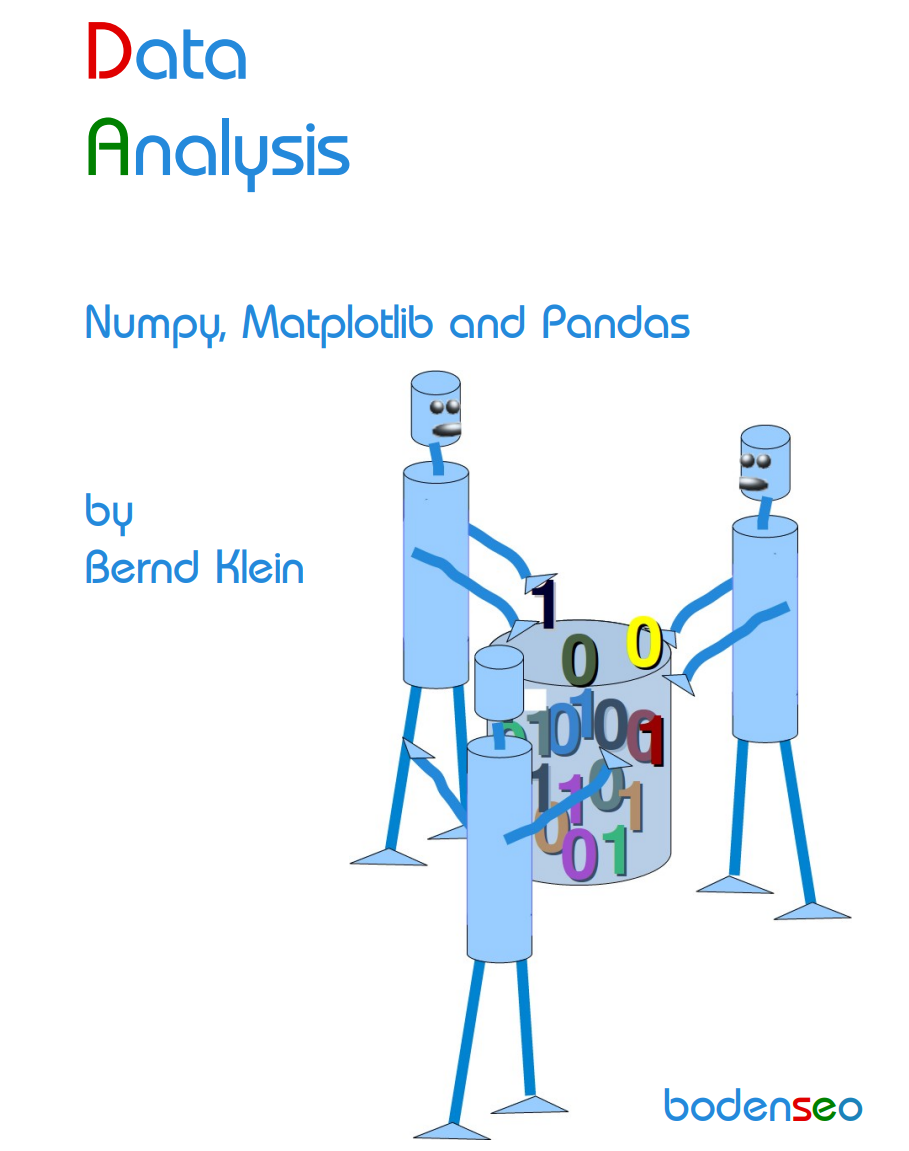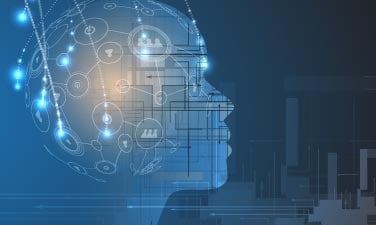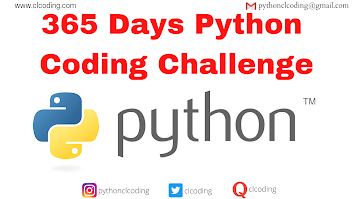R Programming: The Language of Data Science and Statistical Computing
Introduction
R Programming is one of the most powerful and widely used languages in data science, statistical analysis, and scientific research. It was developed in the early 1990s by Ross Ihaka and Robert Gentleman at the University of Auckland, New Zealand, as an open-source implementation of the S language. Since then, R has evolved into a complete environment for data manipulation, visualization, and statistical modeling.
The strength of R lies in its statistical foundation, rich ecosystem of libraries, and flexibility in data handling. It is used by statisticians, data scientists, and researchers across disciplines such as finance, healthcare, social sciences, and machine learning. This blog provides an in-depth understanding of R programming — from its theoretical underpinnings to its modern-day applications.
The Philosophy Behind R Programming
At its core, R was designed for statistical computing and data analysis. The philosophy behind R emphasizes reproducibility, clarity, and mathematical precision. Unlike general-purpose languages like Python or Java, R is domain-specific — meaning it was built specifically for statistical modeling, hypothesis testing, and data visualization.
The theoretical concept that drives R is vectorization, where operations are performed on entire vectors or matrices instead of individual elements. This allows for efficient computation and cleaner syntax. For example, performing arithmetic on a list of numbers doesn’t require explicit loops; R handles it automatically at the vector level.
R also adheres to a functional programming paradigm, meaning that functions are treated as first-class objects. They can be created, passed, and manipulated like any other data structure. This makes R particularly expressive for complex data analysis workflows where modular and reusable functions are critical.
R as a Statistical Computing Environment
R is not just a programming language — it is a comprehensive statistical computing environment. It provides built-in support for statistical tests, distributions, probability models, and data transformations. The language allows for both descriptive and inferential statistics, enabling analysts to summarize data and draw meaningful conclusions.
From a theoretical standpoint, R handles data structures such as vectors, matrices, lists, and data frames — all designed to represent real-world data efficiently. Data frames, in particular, are the backbone of data manipulation in R, as they allow for tabular storage of heterogeneous data types (numeric, character, logical, etc.).
R also includes built-in methods for hypothesis testing, correlation analysis, regression modeling, and time series forecasting. This makes it a powerful tool for statistical exploration — from small datasets to large-scale analytical systems.
Data Manipulation and Transformation
One of the greatest strengths of R lies in its ability to manipulate and transform data easily. Real-world data is often messy and inconsistent, so R provides a variety of tools for data cleaning, aggregation, and reshaping.
The theoretical foundation of R’s data manipulation capabilities is based on the tidy data principle, introduced by Hadley Wickham. According to this concept, data should be organized so that:
Each variable forms a column.
Each observation forms a row.
Each type of observational unit forms a table.
This structure allows for efficient and intuitive analysis. The tidyverse — a collection of R packages including dplyr, tidyr, and readr — operationalizes this theory. For instance, dplyr provides functions for filtering, grouping, and summarizing data, all of which follow a declarative syntax.
These theoretical and practical frameworks enable analysts to move from raw, unstructured data to a form suitable for statistical or machine learning analysis.
Data Visualization with R
Visualization is a cornerstone of data analysis, and R excels in this area through its robust graphical capabilities. The theoretical foundation of R’s visualization lies in the Grammar of Graphics, developed by Leland Wilkinson. This framework defines a structured way to describe and build visualizations by layering data, aesthetics, and geometric objects.
The R package ggplot2, built on this theory, allows users to create complex visualizations using simple, layered commands. For example, a scatter plot in ggplot2 can be built by defining the data source, mapping variables to axes, and adding geometric layers — all while maintaining mathematical and aesthetic consistency.
R also supports base graphics and lattice systems, giving users flexibility depending on their analysis style. The ability to create detailed, publication-quality visualizations makes R indispensable in both academia and industry.
Statistical Modeling and Machine Learning
R’s true power lies in its statistical modeling capabilities. From linear regression and ANOVA to advanced machine learning algorithms, R offers a rich library of tools for predictive and inferential modeling.
The theoretical basis for R’s modeling functions comes from statistical learning theory, which combines elements of probability, optimization, and algorithmic design. R provides functions like lm() for linear models, glm() for generalized linear models, and specialized packages such as caret, randomForest, and xgboost for more complex models.
The modeling process in R typically involves:
Defining a model structure (formula-based syntax).
Fitting the model to data using estimation methods (like maximum likelihood).
Evaluating the model using statistical metrics and diagnostic plots.
Because of its strong mathematical background, R allows users to deeply inspect model parameters, residuals, and assumptions — ensuring statistical rigor in every analysis.
R in Data Science and Big Data
In recent years, R has evolved to become a central tool in data science and big data analytics. The theoretical underpinning of data science in R revolves around integrating statistics, programming, and domain expertise to extract actionable insights from data.
R can connect with databases, APIs, and big data frameworks like Hadoop and Spark, enabling it to handle large-scale datasets efficiently. The sparklyr package, for instance, provides an interface between R and Apache Spark, allowing distributed data processing using R’s familiar syntax.
Moreover, R’s interoperability with Python, C++, and Java makes it a versatile choice in multi-language data pipelines. Its integration with R Markdown and Shiny also facilitates reproducible reporting and interactive data visualization — two pillars of modern data science theory and practice.
R for Research and Academia
R’s open-source nature and mathematical precision make it the preferred language in academic research. Researchers use R to test hypotheses, simulate experiments, and analyze results in a reproducible manner.
The theoretical framework of reproducible research emphasizes transparency — ensuring that analyses can be independently verified and replicated. R supports this through tools like R Markdown, which combines narrative text, code, and results in a single dynamic document.
Fields such as epidemiology, economics, genomics, and psychology rely heavily on R due to its ability to perform complex statistical computations and visualize patterns clearly. Its role in academic publishing continues to grow as journals increasingly demand reproducible workflows.
Advantages of R Programming
The popularity of R stems from its theoretical and practical strengths:
Statistical Precision – R was designed by statisticians for statisticians, ensuring mathematically accurate computations.
Extensibility – Thousands of packages extend R’s capabilities in every possible analytical domain.
Visualization Excellence – Its ability to represent data graphically with precision is unmatched.
Community and Support – A global community contributes new tools, documentation, and tutorials regularly.
Reproducibility – R’s integration with R Markdown ensures every result can be traced back to its source code.
These advantages make R not only a language but a complete ecosystem for modern analytics.
Limitations and Considerations
While R is powerful, it has certain limitations that users must understand theoretically and practically. R can be memory-intensive, especially when working with very large datasets, since it often loads entire data objects into memory. Additionally, while R’s syntax is elegant for statisticians, it can be less intuitive for those coming from general-purpose programming backgrounds.
However, these challenges are mitigated by continuous development and community support. Packages like data.table and frameworks like SparkR enhance scalability, ensuring R remains relevant in the era of big data.
Join Now: R Programming
Conclusion
R Programming stands as one of the most influential languages in the fields of data analysis, statistics, and machine learning. Its foundation in mathematical and statistical theory ensures accuracy and depth, while its modern tools provide accessibility and interactivity.
The “R way” of doing things — through functional programming, reproducible workflows, and expressive visualizations — reflects a deep integration of theory and application. Whether used for academic research, corporate analytics, or cutting-edge data science, R remains a cornerstone language for anyone serious about understanding and interpreting data.
In essence, R is more than a tool — it is a philosophy of analytical thinking, bridging the gap between raw data and meaningful insight.












.PNG)









.png)






.png)























